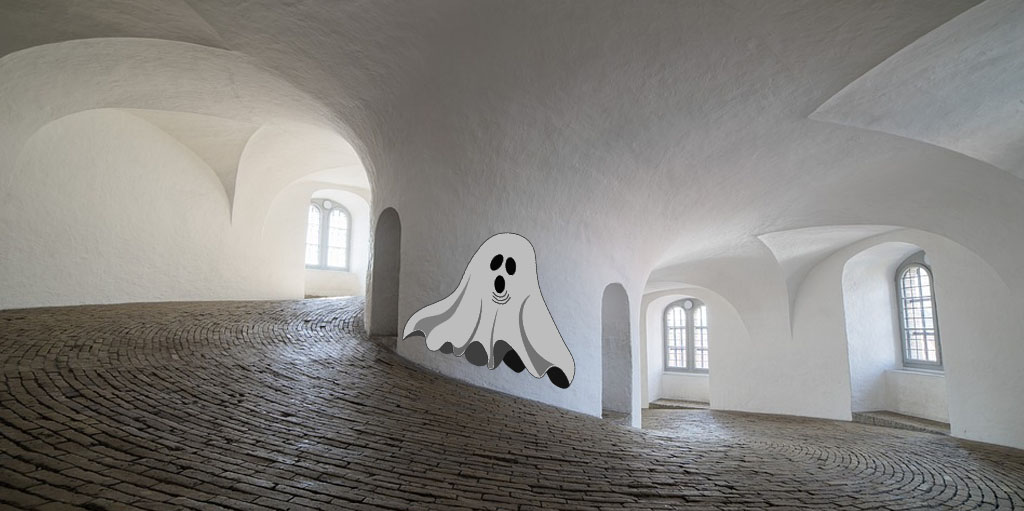
Ghosting on your walls isn't what you think
___
Published Date 12/19/2019
As winter gets into full swing, more windows are firmly shut, more heaters are working overtime, and something else may be happening — something ominous that looks like mold on the walls and ceilings of your home. The mold patterns appear as black stains on the walls and ceilings, and curiously follows the framing of the house. It’s called “ghosting.”
Ghosting is the result of a slow build-up of soot, dust, dirt, and other particles that have attached to objects such as studs, joists, walls, ceilings, rafters, and even sheetrock screws. When your home was built, precautions were taken to keep you warm in the winters and cool in the summers. Three barriers surround the structure — a moisture barrier, a thermal barrier, and an air barrier, often referred to as the building “envelope.” Experts explain that there should be no gaps, penetrations, or voids in this critical building envelope. If there are any, ghosting can occur.
“When outside unconditioned air (or inside conditioned air) penetrates the air barrier and moves in and around insulation in the walls, it is called thermal bypass,” says Cooper Mechanical’s Lou Cooper. “In the winter, when cold air passes through a badly insulated wall, condensation may occur on the backside of the wall. Sometimes, this leads to a mold issue within the wall cavity.” But, he says, that’s a bigger problem and not the one we are addressing here. “At other times, dirt particles stick to these cold, damp spots, and over time, clump together creating the distinctive (and downright creepy) lines that mimic the framing of a wall and/or ceiling. Moreover, differences in indoor vs. outdoor air temperatures can also affect the relative pressure in a home, causing air currents to flow, resulting in, you guessed it, ghosting patterns.”
What can cause ghosting? Scented candles, cooking oils, gas log fireplaces or wood stoves, smoking, pet dander, and unvented appliances like cooktops, clothes dryers, and bathroom fans, to name a few.
The good news? Ghosting stains are not mold, and they are unlikely to present a health hazard to the occupants or a structural hazard to the building. You CAN fix the problem by eliminating indoor air particulate: Stop burning candles, firewood, or incense. Next, monitor the relative humidity inside the house by purchasing a relative humidity and temperature meter and try and keep your indoor relative humidity below 55 percent during the cold winter months. Use bath fans to help dry things out. Finally, you will need to use a stain-killing paint to seal up the stains and then repaint the walls and ceilings. This is the expensive and inconvenient part.
It might be wise to call a professional and first determine that the black stains are ghosting or that other dastardly possibility — mold. An expert can appraise the situation, identify the health risks, and analyze the extent of the issue.
Source: Cooper Mechanical, and Redfin
All information furnished has been forwarded to you and is provided by thetbwsgroup only for informational purposes. Forecasting shall be considered as events which may be expected but not guaranteed. Neither the forwarding party and/or company nor thetbwsgroup assume any responsibility to any person who relies on information or forecasting contained in this report and disclaims all liability in respect to decisions or actions, or lack thereof based on any or all of the contents of this report.


Austin Hurt
Associate Broker
License: FA100093035
Gold Compass Real Estate, Inc.
4 West Dry Creek Circle Suite 100, Littleton CO
Office: 303-325-5690
Cell: 720-877-1370
Email: sales@coloradohomeblog.com

Austin Hurt
___
Associate Broker
License: FA100093035
Cell: 720-877-1370
 Gold Compass Real Estate, Inc.
Gold Compass Real Estate, Inc.